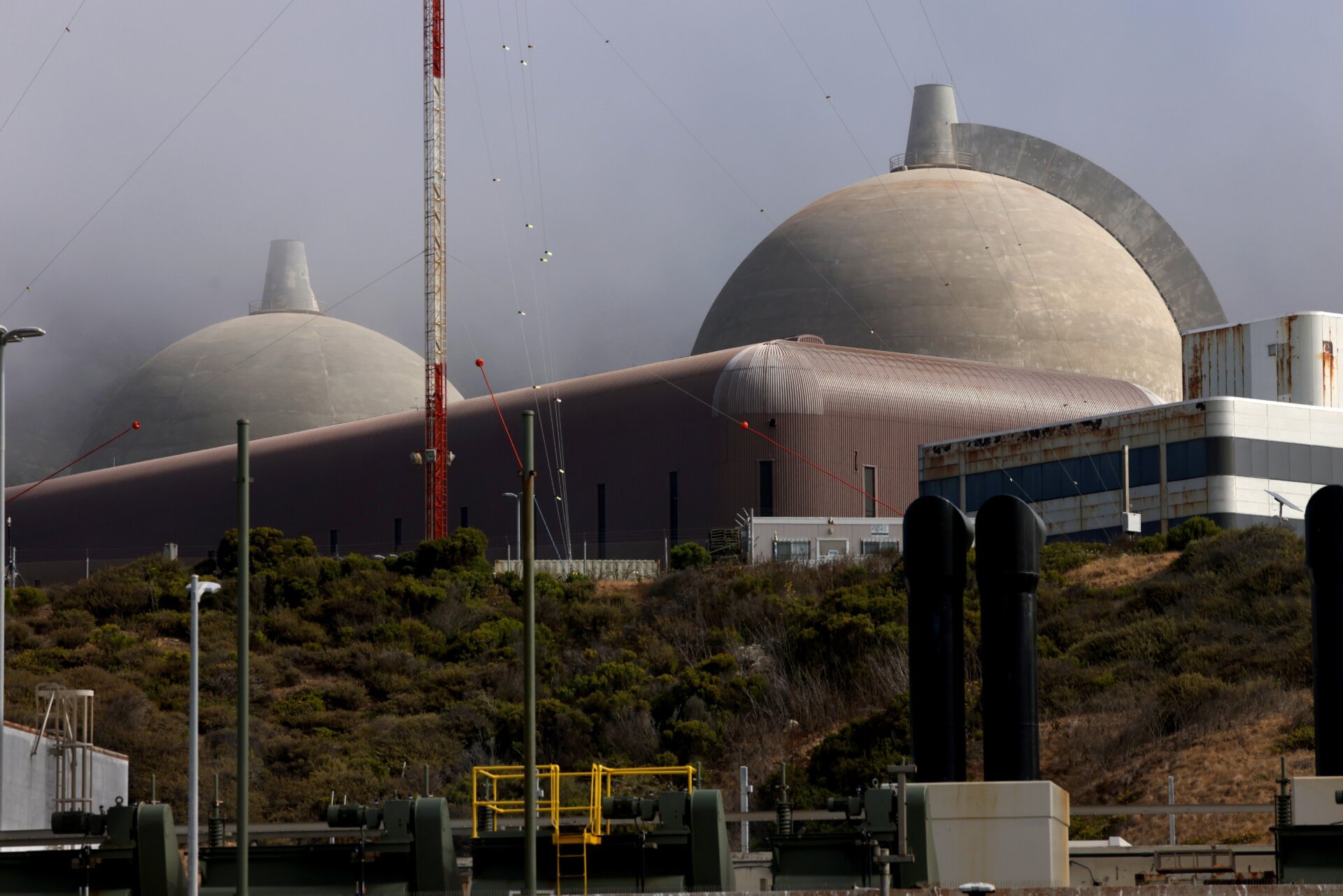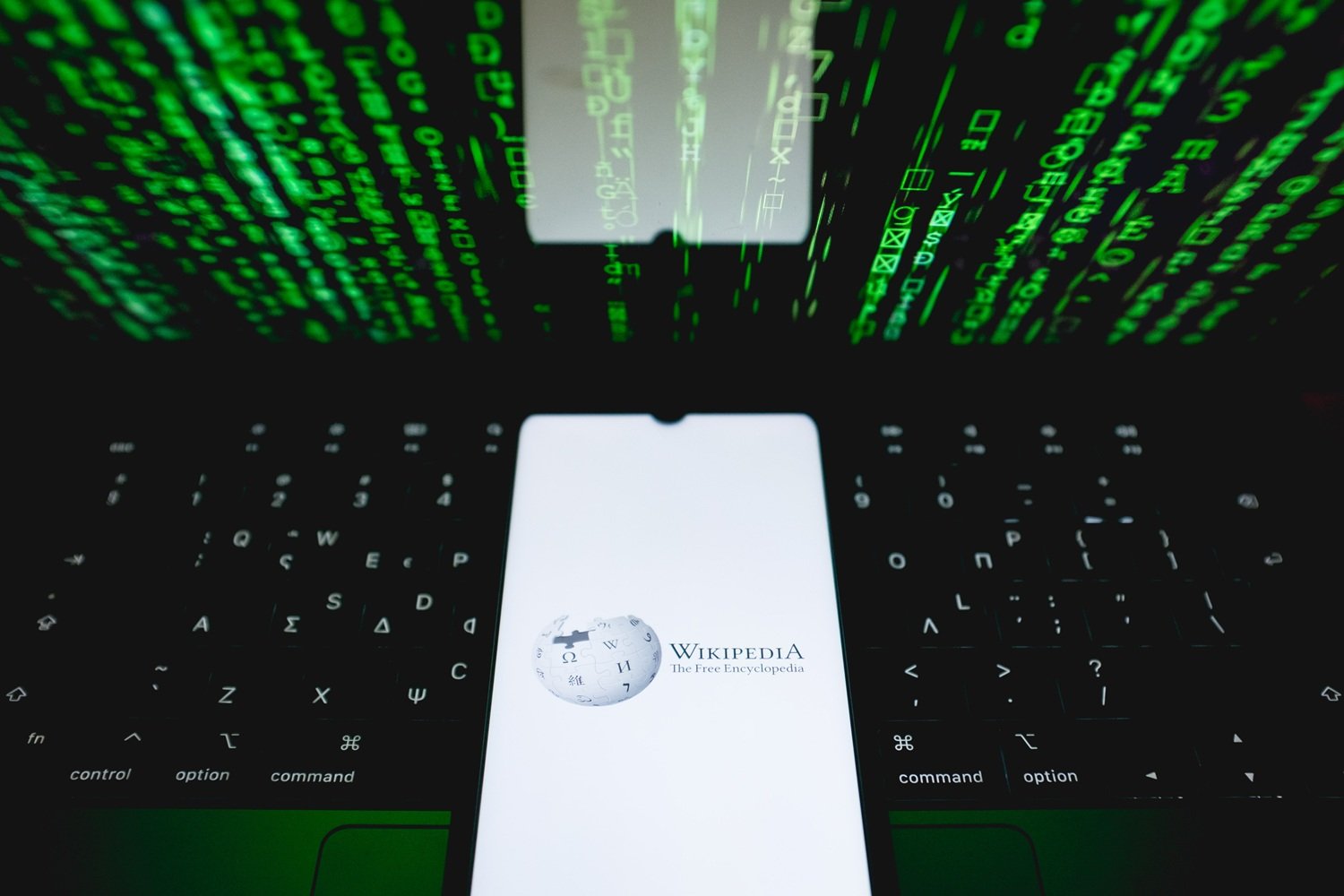
Diablo Canyon, California’s last operating nuclear power plant, faces decommissioning in 2029. Despite this, the plant recently acquired cutting-edge computing technology: eight NVIDIA H100 graphical processors. These powerful processors will drive a new AI tool designed specifically for the nuclear energy sector. Pacific Gas and Electric (PG&E), Diablo Canyon’s operator, partnered with AI startup Atomic Canyon to deploy Neutron Enterprise, marking the first on-site generative AI implementation at a U.S. nuclear power plant.
Neutron Enterprise: A Data-Mining Copilot
Neutron Enterprise aims to assist plant workers in navigating the vast collection of technical reports and regulations from the Nuclear Regulatory Commission. These documents, spanning decades, comprise millions of pages of complex information. While the AI tool’s current function is to improve information retrieval, its presence raises questions about the future role of AI in nuclear facilities, prompting calls for stricter regulations from lawmakers and experts.
PG&E is implementing the document retrieval service in phases. The installation of the NVIDIA H100 processors was the first step. A full deployment is expected by the third quarter of 2025, enabling Neutron Enterprise to search and summarize Diablo Canyon-specific documents. PG&E anticipates this will significantly reduce the 15,000 hours currently spent annually searching through databases and records.
Atomic Canyon’s Vision: Efficiency, Not Control
Atomic Canyon’s CEO, Trey Lauderdale, emphasizes Neutron Enterprise’s limited scope: improving information access for Diablo Canyon employees. He explicitly states his reluctance to have AI control plant operations in the near term. While both PG&E and Atomic Canyon agree on the current limited use of AI, they remain open to expanding its role in the future. Atomic Canyon is also engaging with other nuclear facilities and small modular reactor developers about integrating their technology.
Regulatory Scrutiny and Safety Concerns
The introduction of AI in nuclear plants raises concerns about the potential risks associated with both technologies. While the Nuclear Regulatory Commission has been examining this issue, the revocation of a Biden-era AI regulatory executive order by the Trump administration raises questions about future oversight. Currently, Atomic Canyon is voluntarily informing the commission of its plans. Experts like Tamara Kneese of Data & Society acknowledge the efficiency benefits of AI for document retrieval but caution against unchecked expansion and emphasize the need for scrutiny of PG&E’s AI usage at Diablo Canyon.
From Healthcare to Nuclear Energy: Lauderdale’s Journey
Lauderdale’s prior experience founding Voalte, a healthcare software company, informs his approach to Atomic Canyon. He draws parallels between the initial resistance to Voalte’s iPhone-based communication system for hospitals and the current concerns surrounding AI in nuclear energy. After selling Voalte in 2019, Lauderdale relocated to San Luis Obispo, where his proximity to Diablo Canyon sparked his interest in the nuclear sector.
Building FERMI: Atomic Canyon’s AI Model
Atomic Canyon began by downloading approximately 53 million pages of public Nuclear Regulatory Commission documents from the ADAMS database. After informing the commission of their intentions, they collaborated with Oak Ridge National Laboratory to develop FERMI, an AI model trained on nuclear terminology using the Frontier supercomputer. This specialized training aims to minimize “hallucinations” or fabricated responses from the AI.
Implementing Neutron Enterprise at Diablo Canyon
PG&E installed NVIDIA hardware at Diablo Canyon to run FERMI locally, ensuring sensitive internal documents remain on-site. The initial phase focuses on searching publicly available regulatory data. The next phase, planned for the third quarter of 2025, will expand access to more employees and enable searching and summarizing internal documents using optical character recognition and retrieval-augmented generation. Lauderdale emphasizes the low risk associated with this application, as users can revert to traditional search methods if the AI fails.
Lawmakers’ Cautious Optimism and Calls for Regulation
State lawmakers, particularly those representing areas near Diablo Canyon, express cautious optimism regarding the limited use of AI for document retrieval, while emphasizing the need for safety protocols and regulatory oversight for future AI applications. Senator Henry Stern supports AI tools for grid management with proper safety measures. Senator John Laird highlights the need to balance technological advancement with public safety and environmental stewardship. Senator Scott Wiener, whose AI safety legislation was vetoed, stresses the importance of government oversight for AI in sensitive contexts.
Expanding the Role of AI in Nuclear Energy
Lauderdale hints at future collaborations with other nuclear organizations and upcoming announcements. He sees the Diablo Canyon partnership as a proof of concept for both operating and future nuclear facilities. He also envisions a role for the software in the decommissioning process if Diablo Canyon’s lifespan isn’t extended. While acknowledging Atomic Canyon’s leading position in deploying AI in the nuclear field, Lauderdale anticipates a lengthy period before AI takes a more central role in running nuclear power plants.
Originally published on The Markup and republished under the Creative Commons Attribution-NonCommercial-NoDerivatives license.











